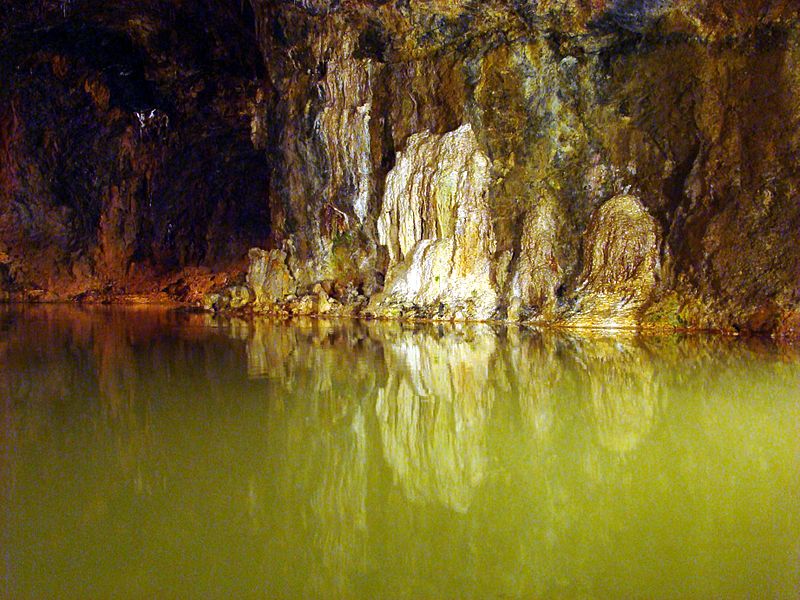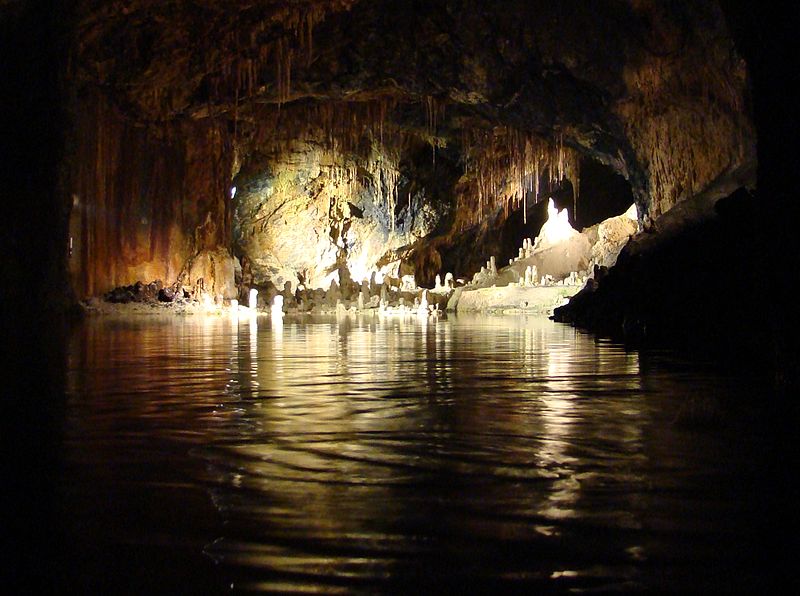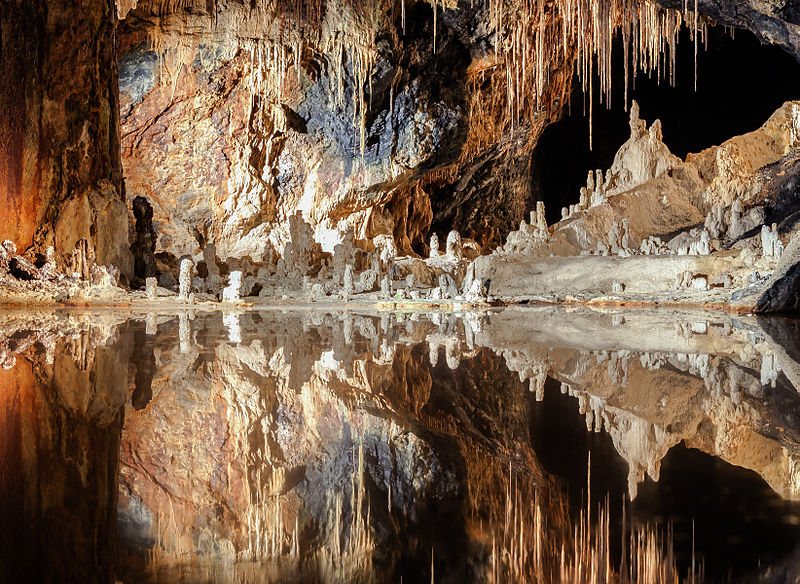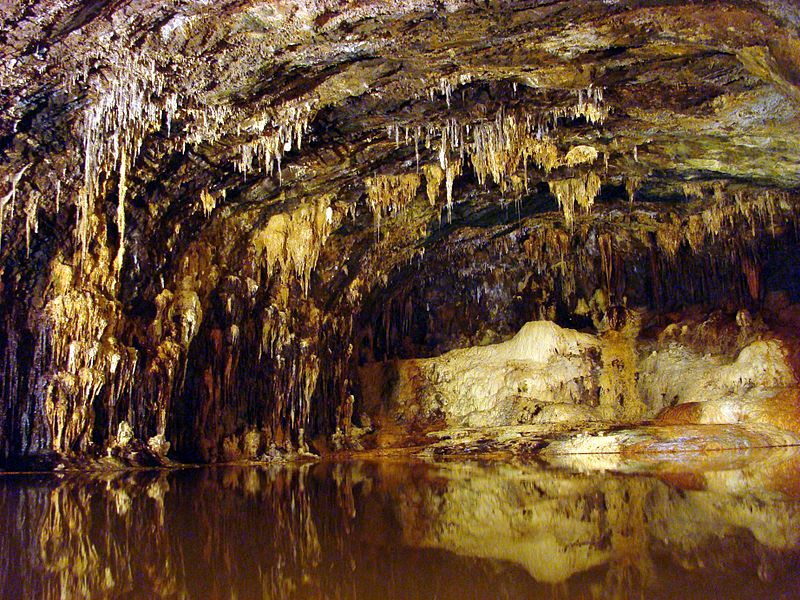That the world is full of enchanting places that are not in a land far far away, is proven by the Saalfeld Fairy Caves or in German Die Feengrotten located just outside Saalfeld, in the German state of Thuringia.
These caverns that once were a home of an alum slate mine have long been known for their countless colorful mineral formations, formed over many years by water dripping through relatively soft rock.
There is no painter in the world as talented and skilled as nature (OK, maybe Monet is on the same level), and the magnificent burst of colors in these underground caves is maybe one of nature’s best pieces.
Due to the iron and mineral-rich milieu an opulent spectrum of colors are to be found; particularly noteworthy are the more than 100 shades of brown.
In 1993, Feengrotten was acclaimed by the Guinness Book of World Records as “the most colorful cave grottoes in the world.”
The mining began around 1530, seeking for rather high-quality ore, the miners had discovered only alum.
Historically, alum slate was used in a range of medicinal products, as a food preservative and in clarifying water.
However, in the 19th century, more effective chemical compounds were developed, and alum stopped being profitable mining product.
By the 20th century, the Feengrotten had been largely forgotten. But in 1910, the old mine was rediscovered and explorers took note of the fantastic mineral deposits that had accumulated over the geologically short period of three centuries.
The caverns consist of three chambers connected by galleries. In the first chamber, information is presented about the history of the mine — in the 16th to 19th centuries an alum shale mine that was closed in 1850 but opened for sightseeing in 1914.
On this floor, there is also the Emanatorium the Feengrotten – opened on the 10th of September 1937 as one of the first healing caves in Germany.
The second floor of the mine is located 26 meters below ground at the lowest point and this floor was the discovery site of the fairy grottoes and the source of the mineral water that formed colorful stalagmites and stalactites.
Scientists studied the source of the mineral-rich water, where they had discovered its healing effects. Therefore, people start calling this chamber as the “source caves”.
So, people start utilizing the mineral rich water and by the mid-1960’s the source of mineral water was exhausted as the springs have dried up.
On December 22nd, 1913, the third chamber was discovered and it was fairest of them all.
Featuring a variegated grouping of deposits that, illuminated by theatrical lights and reflected in a perfectly still pool of water, the chamber was entitled “The Fairy Kingdom,” (Märchendom) due to the uncanny resemble to miniature castles.
In fact, the beauty of the Fairy Kingdom chamber was the main impetus for re-opening the fairy caves.

So, on the 31st May 1914, the Saalfeld Fairy Grottoes were opened. With the opening of a coffee house, the “grotto tavern” originated.
At that time, a pavilion with café was opened that remained in use in the following decades — even during the post-World War II German Democratic Republic, which categorized the Feengrotten as an official Sehenswürdigkeit (point of Interest) of the GDR, opened it to foreign tourists.
Following German unification, the pavilion was renovated beginning in 1998, and new facilities were added.

Between 1914 and 2007, more than 20 million people visited the grottoes, which annually draw an average of 160,000 visitors.
In 1998, there was a complete renovation of the building according to historical patterns in the style of the 1920’s. Since then, the cave is used as a tavern and “Ausflugsgaststätte” for celebrations.
The spring house was built in 1927 as the seat was founded three years earlier source research institute for testing the mineral springs of Saalfeld Fairy Grottoes.
In the premises of the spring house, laboratories were mainly housed. In the basement, there was a filling plant for medicinal and mineral waters extracted from the fairy grottoes.
There was also a ballroom, which later became today’s “Gasthaus Feengrotten”.
Find more info about these enchanting caves here.

